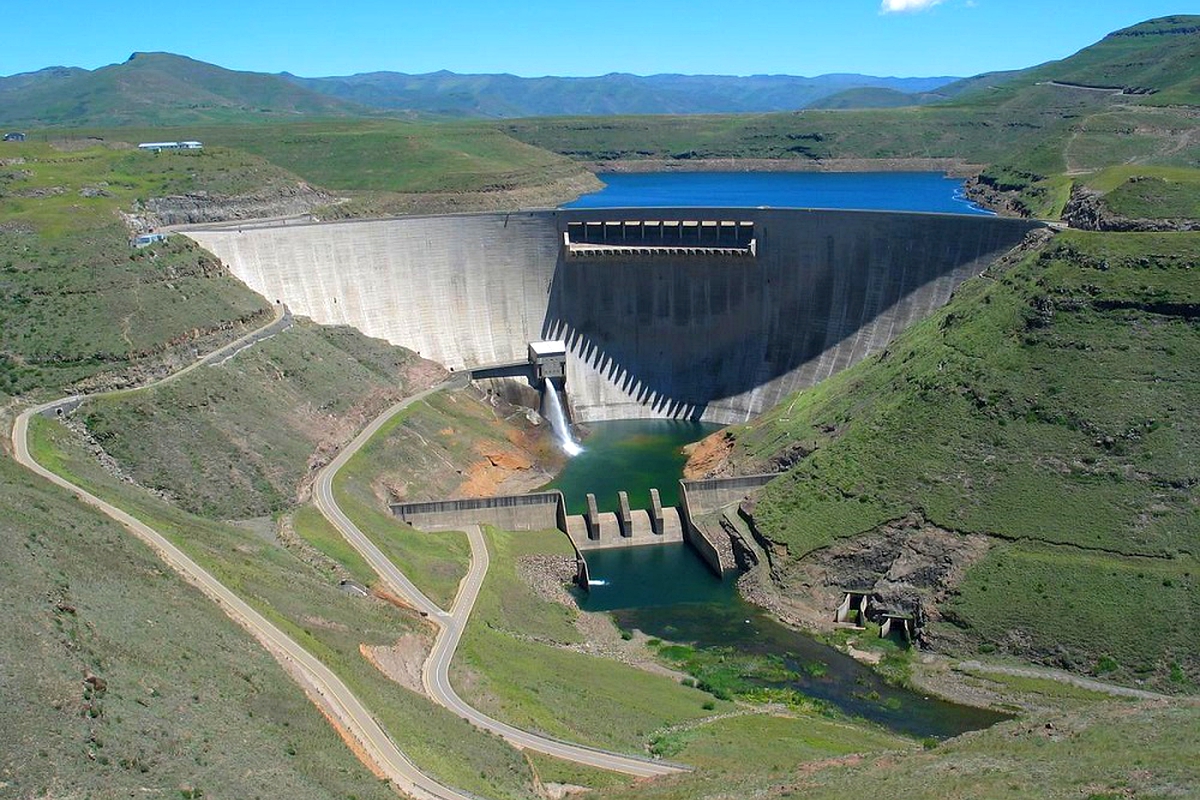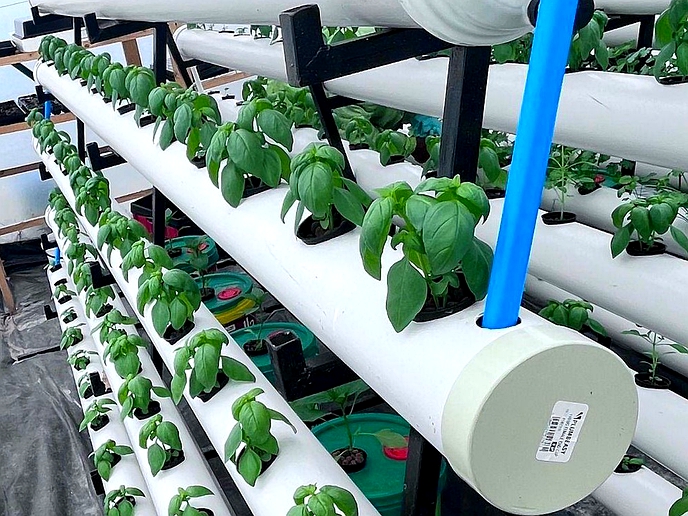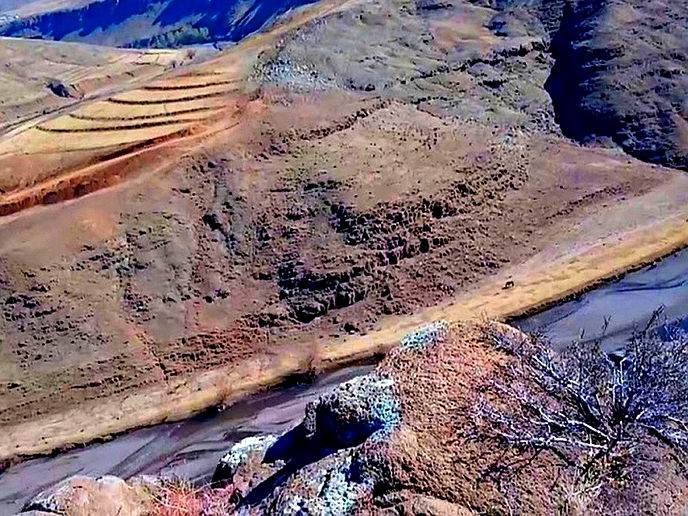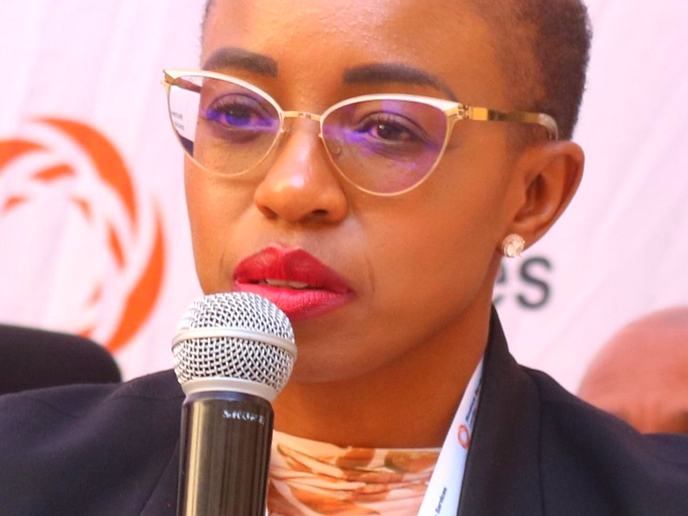LESOTHO has great potential to produce its own electricity if necessary plans are put into place, the Chief Executive Officer of the Lesotho Highlands Development Authority (LHDA), Tente Tente says.
business
July 17, 2021
STAFF REPORTER
3 min read
Lesotho can generate own electricity – LHDA

The Katse Dam
This emerged during LHDA’s presentation before the Legislation Committee of the Upper House of Parliament, the Senate on Thursday.
Mr Tente said the country uses about 923 kilowatts hour of electricity per year, adding that the ’Muela Hydro-Power station produces only 472 kilowatts hours per year, meaning there is still a shortage of about 451 kilowatts hour.
The shortage is imported from South Africa and costs the country around M501 million.
Mr Tente said the construction of the Polihali Dam holds potential of generating about 251 kilowatts hour which will be able to add on to the electricity generated at the ’Muela Hydro power station.
He however, revealed that with the placement of mini hydro-power stations at the already existing hydro-power stations, the generation of electricity within the country can be improved.
He said a mini hydro-power station placed below the Katse Dam can be able to generate 14 kilowatts hour and another one placed below the Mohale Dam would generate 7.3 kilowatts hour.
“One placed below the Polihali Dam can generate 14.8 kilowatts hour while another one near Oxbow would generate 187 kilowatts hour of electricity per year.”
He said with all the developments on the generation of electricity put in action, the country would save up to 50 percent of the total amount of money currently spend on the importation of electricity from South Africa.
Enjoy our daily newsletter from today
Access exclusive newsletters, along with previews of new media releases.
The Lesotho Highlands Water Project (LHWP) is an ongoing water supply project with a hydropower component, developed in partnership between the governments of Lesotho and South Africa.
It comprises a system of several large dams and tunnels throughout Lesotho and delivers water to the Vaal River System in South Africa. In Lesotho, it involves rivers like Malibamatšo, Matsoku, Senqunyane, and Senqu.
It is Africa's largest water transfer scheme. The purpose of the project is to provide Lesotho with a source of revenue in exchange for the provision of water to South Africa, as well as generation of hydroelectricity for Lesotho. LeNA
Tailored for you






